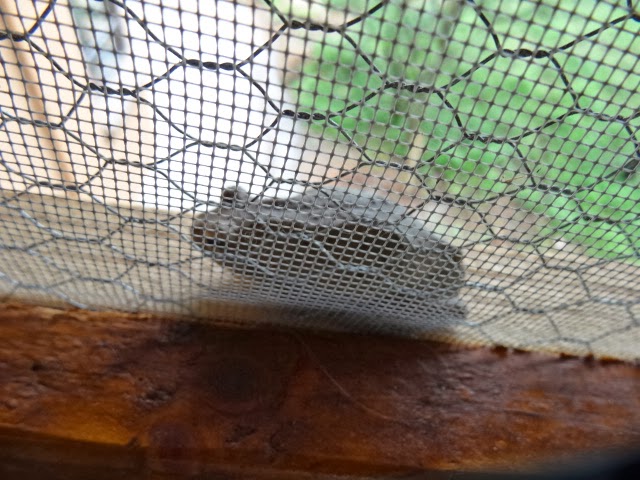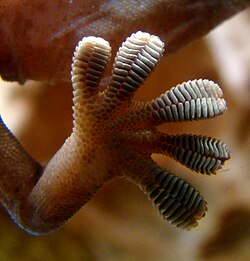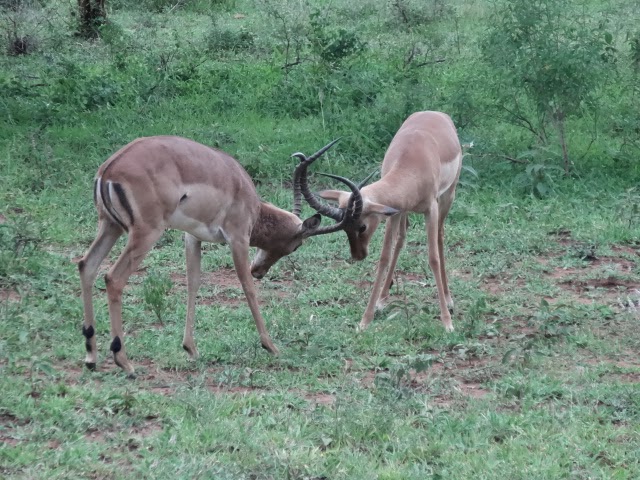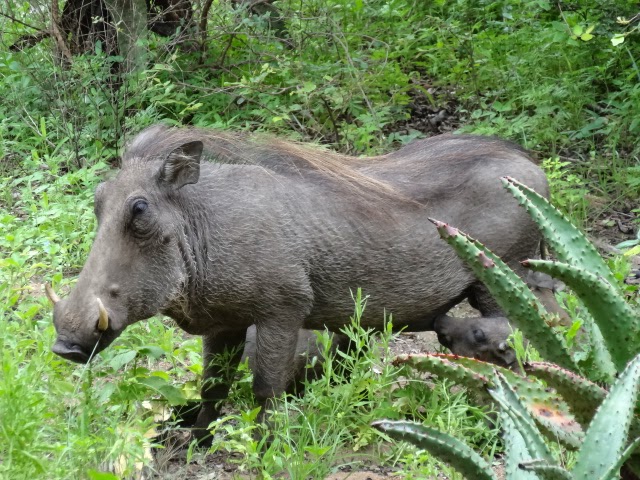 |
On Thursday morning as I stepped outside onto the veranda, camera in hand, this was the first thing I saw. Quietly alerting Tom, who was still inside the house, he rushed out to witness this same sight. And then, in minutes they were everywhere. No words can describe our elation.
 At first, we thought there may only be a few when we saw only this one. Giraffes hang out in groups, often changing to a new group every few hours with no special loyalty to any grouping, other than moms and a baby of which only one is born at a time.
 Walking out onto our driveway we were able to see the others arriving.
|
It won’t always be this exciting. After a while, we’ll have shared more and more new photos of visitors that have already visited us in the past. But for us, this is only the beginning of our adventures in South Africa.
 |
| As they entered the yard, they scattered about, making it impossible to take photos of more than a few at a time. |
 |
| They enjoyed nibbling on our untouched tree touch, full and flavorful from recent rains. On December 21st, summer begins in South Africa. In the winter, the leaves will be gone, and everything turns parched and brown, leaving less food for the wildlife. |
 |
| Scratching an itch. |
In six days, we’ll pick up a rental car to use for our remaining days in Marloth Park. With many plans on the horizon over our remaining over two months, we’ll have much to share.
 |
They often stopped dining to look at us. We kept our distance, not wanting to disturb and as an inducement for them to return another day with little intrusion from us.
 Nice pose with the right leg bent.
|
 |
| Tom with three giraffes behind him. |
We’ve found it’s best not to get into “what we’re considering doing” as opposed to “what we have locked in, via dates and reservations.” Doing so prevents us from feeling pressure to follow through on the possibilities as opposed to the realities. This is low-stress living, right?
 |
||
|
Adding a frame of reference in the driveway.
 A lone warthog wanted in on the excitement. No problem. You’re in! |
Tentatively, we present these photos today knowing full well that it will be a tough act to follow. Living in the bush anything exciting can happen at any moment, as we’ve already witnessed. We sit back in watchful anticipation, welcoming magical moments our way.
 |
| Perhaps a bit of romance brewing? Check out the eyelashes on the female on the right, definitely involved in the flirting process. |
 |
The “togetherness” continued.
 “Stop with photos already. I have to fill up the right cheek with these tasty greens.”
|
We call it our “safari luck” that began when we went on safari in the Masai Mara in early October and saw the “Big Five” in the first ten hours in the vehicle with Anderson. Even he commented on how lucky we were. On the little plane when upon departure, many other travelers commented that they’d only be able to see four of the Big Five and their subsequent disappointment. Yes, we were lucky.
 |
| This male was sitting in the yard taking a break from being so tall. |
That same “safari luck” has been with us since arriving in Marloth Park only two weeks ago. This is evidenced by today’s photos. From the day we arrived, we longed for the Giraffes to visit, the visit Louise and Danie assured us would definitely transpire over a period of three months. And they did come. All 12 of them on Thursday morning, a day we’ll never forget.
 |
| “Please,” says Mr. Warthog, “one more photo of me and the tall ones. I’m always camera ready” |
If this was a typical two-week vacation/holiday as most travelers plan when visiting Marloth Park, we would have had a rich and memorable experience. But for us, the fact that we have the opportunity to reach out and grab more of this magic leaves us humble and grateful.
 |
| We counted 12 giraffes as they gathered for their joint exit after their hour-long visit. |
This morning when once again, the family of nine Warthogs appeared, standing in the bush partially hidden by low lying brush as if waiting for us to come outside. As we stepped to the railing to our veranda, they freely marched toward us, all nine of them, two moms and seven babies ready to make us laugh, ready to entertain us, and ready to respond to my goofy high pitched voice welcoming them.
 |
| Thanks for the visit giraffes! |
 |
| But somehow, we knew they’d return. |
Not for one second, did we ever feel we’d had enough of them or that we’ll ever tire of their visits. If we have “safari luck” and the giraffes to visit another time, we’ll be in as much awe as we were this first time.
 |
| Your visit meant the world to us! |
There is no doubt in my mind that when these three months come to a close, it will be difficult to leave all of this behind. It will be difficult to no longer constantly scan our surroundings for a hint of movement, the sound of hooves, a snort, a growl, or a gentle call.
For now, we let those thoughts waft away to allow ourselves to live in the moment, knowing in our hearts that this, dear readers, is “Why,I always dreamed of Africa.”























































































































































